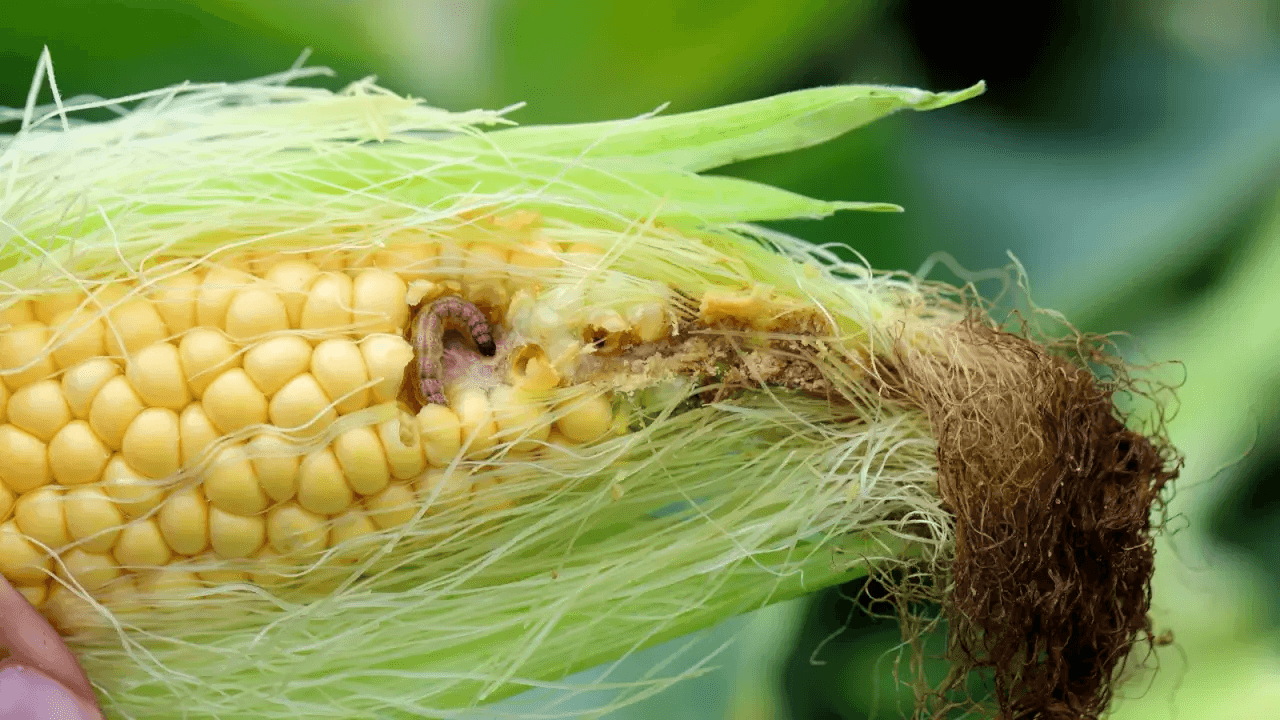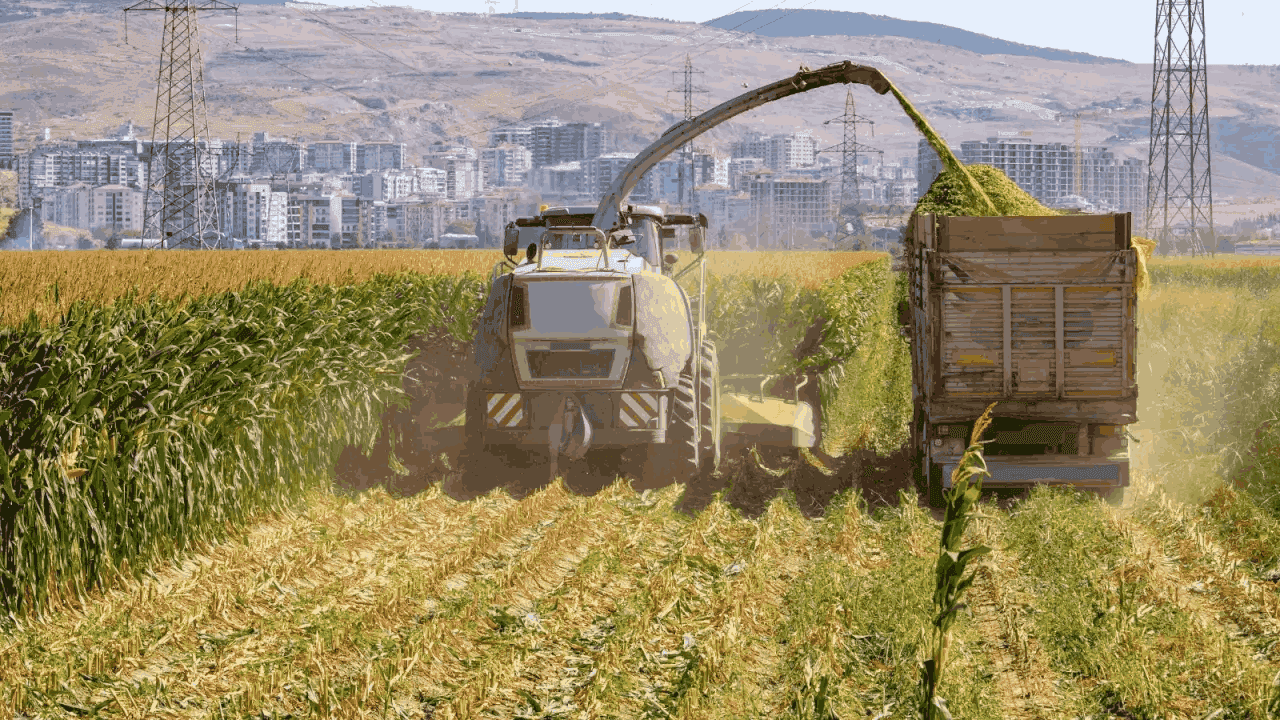
GLOBAL AGROVET
RESEARCH CONFERENCE - 2K26
POWERED BY ARCC JOURNALS

POWERED BY ARCC JOURNALS



29 Apr 2025
How Farmers Are Fighting Dreaded Agricultural Pest

29 Apr 2025
The European corn borer is one of the most prevalent pests across the world. It feeds on multiple species of plants, with corn being the most prominent. Today, this pest is making its way back into larger numbers in North America, and farmers are working hard to adapt control strategies.
Back in the 90s, farmers lost billions to the European corn borer (ECB), then deemed the “billion-dollar bug”. At the time, scientific advances led to the development of hybrid corn species inoculated with the bacterium Bacillus thuringiensis (Bt). This suppressed the borer populations and effectively wiped them out.
But today, the bug is back. It’s been making its way through North America, starting in Canada. Farmers have to adapt quickly to control its spread. Here’s how they’re battling the billion-dollar bug.
The History
Larvae sneak into stems, hiding out until spring warmth arrives.
The European corn borer life cycle begins when the adult form of Ostrinia nubilalis (a moth) lays small egg masses on the leaves of its favored crop and the stems of nearby weeds. Larvae hatch and bore into the stem of the plant they’re laid on, and overwinter.
As spring arrives, they emerge as adult moths, ready to carry on a new generation. Depending on the species, there may be one to three generations per year, and up to 400 eggs laid within a ten day period.
This pest has been present in North America since the early 1900s. It’s believed to have originated in Western Asia and Europe, but this isn’t confirmed. The larvae’s propensity to feed on tassels and kernels, as well as the ear shank, is what makes it so damaging. In the process, the crop is rendered unconsumable.
The Solution

Harvesting for silage gave farmers a built-in advantage.
To combat the voracious larvae, initial methods of control involved cultural practices. Overwintering borers are generally destroyed when corn is harvested for silage. In areas where topsoil preservation isn’t as important, stalk-shredding and deep moldboard plowing are effective controls. Pesticides were also used to eliminate moths and larvae.
However, timing the pesticide appropriately across the massive scale of many farms was almost impossible. In response, agricultural scientists developed the first strains of Bt corn. These genetically modified strains made it so larvae that fed on the corn died in the process. And up until recently, this was considered the most effective treatment.
Bt strains work through the production of bacterial spores. Larvae feed on the spores, which contain a protein that ruptures their stomachs and kills them. These genetically engineered strains made it so the bacteria were present throughout the plant’s life cycle, as opposed to intermittently as with pesticides. With promising results, these strains became widely available in 1996.

Become a Delegate
Attend GARCX 2026 as a delegate to gain expert insights, connect with global professionals, and explore cutting-edge solutions in agriculture and animal health.

Become a Speaker
Join global thought leaders at GARCX 2026 to share your research and insights. Present your work on integrated agriculture and animal health before an international audience.

Become a Sponsor
Showcase your brand as a pioneer in One Health innovation. Sponsoring GARCX offers high-visibility branding and strategic exposure to industry leaders and researchers.

Publish with Us
Submit your scientific work to be featured in esteemed ARCC Journals. Gain credibility and reach in the global agricultural and veterinary research community.

Become an Exhibitor
Display your solutions, products, or innovations in agriculture and animal health at the GARCX Expo. Network with stakeholders and boost your industry presence.

